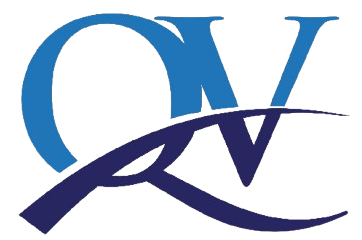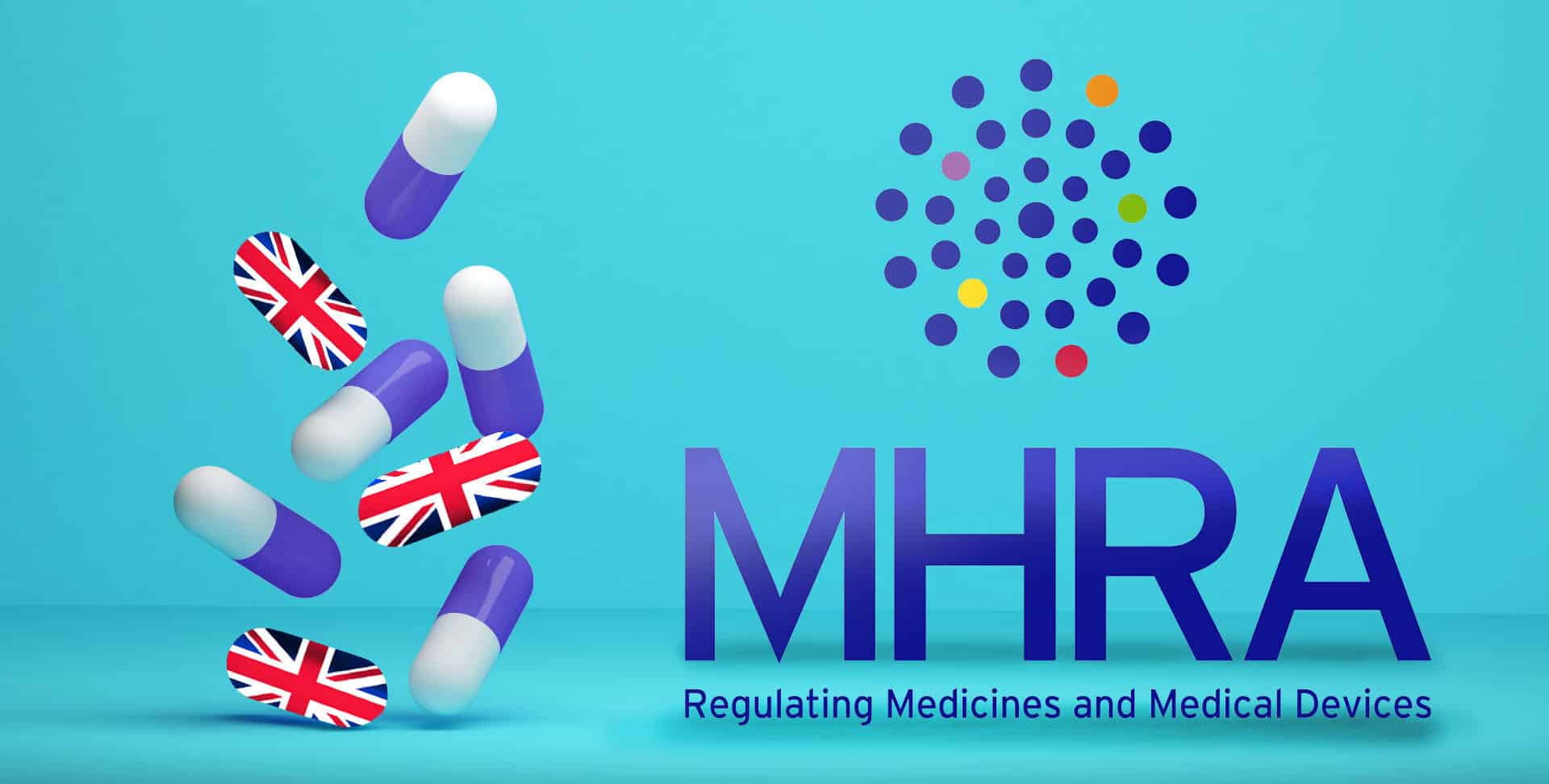A PV Auditor’s Checklist
In the world of pharmacovigilance, few events create more urgency—or anxiety—than an upcoming regulatory inspection. Whether you’re facing a planned visit from the MHRA in the UK or an FDA inspection in the US, one thing is certain: inspection readiness is not a one-time exercise. It’s a mindset and a system built over time.
With increasing global scrutiny, health authorities are raising the bar for PV inspection readiness, and organisations must ensure their pharmacovigilance systems are both compliant and inspection-ready—at all times.
Understanding the MHRA and FDA Expectations
Both the Medicines and Healthcare Products Regulatory Agency (MHRA) and the US Food and Drug Administration (FDA) conduct routine and for-cause inspections to ensure that pharmacovigilance systems are fit for purpose.
Their focus includes:
- Adherence to GVP guidelines
- Accurate and timely reporting of safety data
- Compliance with Risk Management Plans
- Oversight of third-party vendors and affiliates
- Consistency in training and documentation
- Effective CAPA management
Your PV Auditor’s Inspection Readiness Checklist
Here’s a practical checklist to help ensure your PV system is inspection-ready:
1. Review and Update SOPs
Ensure all Standard Operating Procedures are current, version-controlled, and aligned with the latest regulatory requirements.
2. Ensure Document Accessibility
All key documents—PSS (Pharmacovigilance System Summary), QPPV CV, audit reports, and training logs—should be readily accessible and filed.
3. Verify Signal Management Documentation
Make sure safety signal detection, evaluation, and communication activities are fully documented and regularly reviewed.
4. Assess AE Case Management Timeliness
Review how adverse events (AEs) are triaged, processed, and submitted. Check compliance with reporting timelines.
5. Conduct a Mock Inspection
Simulate an MHRA or FDA inspection with internal or external auditors to test preparedness and identify any blind spots.
6. Ensure Training Records Are Complete
All staff involved in PV activities must have up-to-date and role-specific training records.
7. Review CAPA Implementation
Ensure all previous findings (from audits or inspections) have been addressed and closed with appropriate documentation.
8. Prepare the Right Team
Know who will speak during the inspection. Assign clear roles, including documentation leads, subject matter experts, and response coordinators.
The Q&V Advantage: MHRA & FDA Inspection Support
Preparing for an inspection can be daunting, but you’re not alone. At Q&V, we specialise in MHRA inspection support, FDA inspection support, and PV inspection readiness. Our experienced team helps life sciences organisations like yours prepare with confidence—through tailored mock audits, document reviews, training sessions, and real-time support during inspections.
Whether you need a full PV system assessment or targeted support to close gaps before the regulators arrive, Q&V is your trusted partner in audit success.

